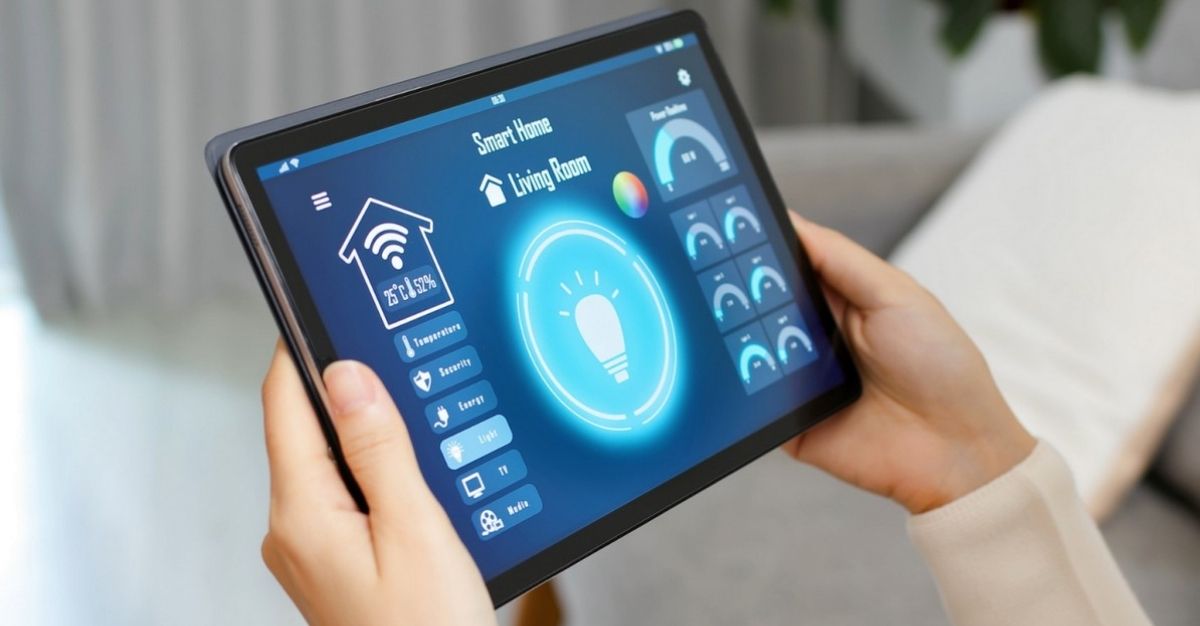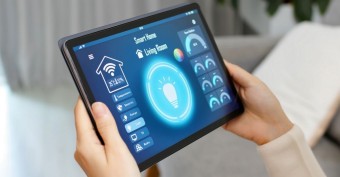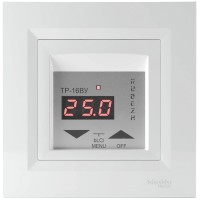Saving Electricity with a Smart Home: Which Devices Help Cut Costs?
We independently test the products and technologies that we recommend.

1. Smart Relays and Sockets
The most obvious way to save on electricity bills is to power off unused electrical appliances. This can be done centrally through smart relays and sockets with smart control. Smart relays allow automating the operation of all electrical equipment at the wiring level. They integrate into the home electrical network using a set of terminals and often control multiple wall sockets or light switches. Simple smart relay models are designed for a couple of sockets, while advanced ones can manage the entire apartment's electrical network. In advanced implementations, smart relays offer separate control of several channels (e.g., four independent groups of sockets in different rooms of the home, such as the kitchen, bathroom, children's room, and bedroom).

More flexibility in smart control is provided by smart sockets. The fact is that specific electrical appliances are connected to them, whereas relays often operate on a specific wiring branch. Take, for example, an ordinary water heater — a well-configured schedule for the connected socket to turn on/off can significantly reduce bills (in systems with multi-tariff electricity meters).
Many devices consume electricity even in standby mode (TVs, gadget chargers, etc.). Smart sockets and relays can be configured to completely cut off power at night or when you're away from home, thus avoiding hidden energy leaks. Moreover, with a smart socket, you won't have to worry about leaving the iron on — it can easily be turned off remotely via a smartphone app.

If we dig a little deeper, smart sockets and relays are divided into two major subcategories:
- leading (main) — they work quite independently and can play the role of a central hub for controlling groups of following sockets (see below);
- following (additional) — connect to leading sockets or a special gateway for managing the smart home ecosystem (i.e., cannot operate independently).
When choosing smart sockets and relays, pay attention to the supported communication protocols. In comprehensive automation systems, protocols like Z-Wave, Zigbee, and Jeweller (the latter option is a proprietary development of Ajax System) are most commonly used.
2. Smart Scenarios for Climate Control Systems
Heating a home and cooling the air traditionally account for some of the largest expenses on electricity bills. Heating boilers, electric underfloor heating, and air conditioners consume, to put it mildly, a lot. Their proper integration into the smart home ecosystem can significantly reduce the numbers on your electricity bills.
Smart control of heating and air conditioning systems involves operating climate equipment based on set algorithms and schedules. The automation can be set up for flexible adjustment of the comfortable temperature in different rooms separately. For example, it reduces the power of climate equipment when no one is home and increases it when homeowners return. Scenarios can consider the time of day, outside weather, presence of people in the home, and other factors.

allows flexible regulation of microclimate parameters in each room.
The method of controlling comfortable climate parameters implies the use of smart thermostats and a wide variety of associated sensors (discussed in more detail below). For decentralized management of the home climate control system, take a closer look at the respective smart models of heating boilers, electric convectors, fans, split systems, etc.
3. Smart Household Appliances
Nowadays, smart household appliances are ubiquitous. From the perspective of saving energy resources, the most in demand are smart water heaters and washing machines with a delayed start timer via a mobile app. Similar functionality can also be found in dishwashers. The postponed start procedure is convenient for operating appliances at night hours when electricity is the cheapest.

Some smart household appliances support remote shutdown or switching to an economic mode via an app, which also reduces electricity bills. This functionality is particularly embedded in many refrigerators with internet control.
4. Lighting Automation
Lighting accounts for a relatively small share of electricity costs (on average, about 15-20% of total expenses). However, with smart bulbs, even these percentages can be significantly reduced. Furthermore, smart lighting management scenarios open up extensive opportunities for creating and maintaining a cozy atmosphere.
Thus, smart bulbs can be programmed to turn on and off according to a predefined schedule, light intensity can be adjusted depending on the time of day, bulbs can be grouped by zones — these are just a few options of smart lighting management. Additionally, turning lights on based on motion sensors helps avoid unnecessary expenses.

Smart bulbs are not cheap, so outfitting an entire home with them will prove costly. An alternative to smart bulbs are light switches integrated into the smart home. Their functional capabilities typically go beyond standard on/off lighting: smart switches often allow adjusting brightness, shifting lighting to nightlight mode, etc.
A notable feature of the vast majority of smart bulbs is the dimming option (brightness adjustment) . Thus, in a hallway, for example, you can set light brightness to 100% during the day and 30-40% at night — fine-tuning lighting intensity based on the time of day also contributes to energy savings.
5. Smart Sensors
The maximum flexibility in reducing electricity bills is provided by specialized sensors. Essentially, these are the eyes and ears that facilitate managing key elements of the smart home ecosystem without human intervention.

(with minimal human intervention).
From the standpoint of energy savings, such sensors play an important role:
- motion sensors and presence sensors — typically used to track the presence of people in a room; based on sensor data, the operation of heating and climate equipment is adjusted to prevent unnecessary operation;
- temperature sensors and humidity sensors — climate sensors used for automatic climate control in smart home systems;
- open sensors for windows and doors — used for automating the operation of air conditioners or heaters; when open windows or doors are detected, climate equipment operation is paused to avoid wasting energy on "heating the outdoors";
- light sensors — a specific type of motion detectors used for automatic switching on and off of lights;
- light sensors — turn on and off lights, as well as adjust brightness based on surrounding light conditions (for instance, turning on a lamp brightly on a cloudy morning and turning it off when sunlight appears).
Smart sensors reveal their full potential when combined with other smart home components: sockets, switches, bulbs, thermostats, lighting, and household appliances. Together, they form an energy-saving ecosystem.
Articles, reviews, useful tips
All materials







































































































